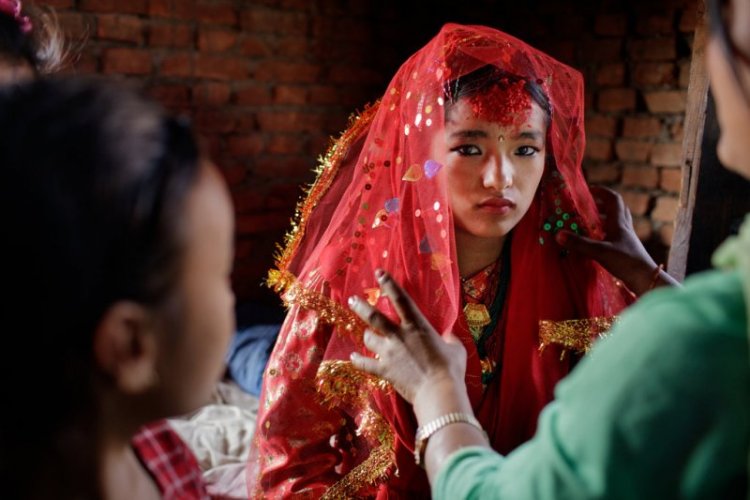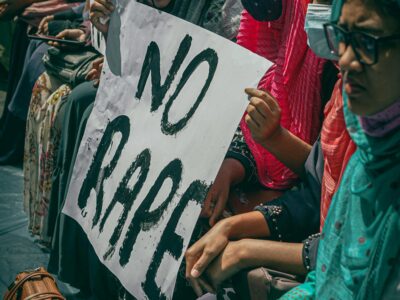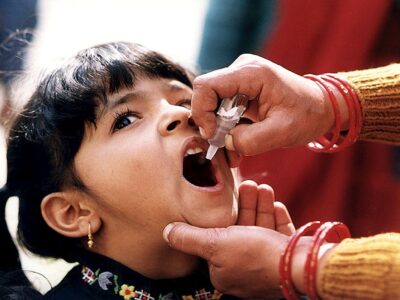Child marriage constitutes a violation of international law, including the Universal Declaration of Human Rights 1948, the International Convention on Civil and Political Rights 1996 and the Convention on the Elimination of all Forms of Discrimination Against Women 1979. (Prakash Shahi, 2019) Child marriage has been prohibited in Nepal since 1963. The current law states that the minimum marriage age 20 years for both men and women without parental consent and 18 years with parental consent for women. (Prakash Shahi, 2019) Even though child marriage is illegal in Nepal, the county has the third-highest rate of child marriages in Asia, after India and Bangladesh.








Comments